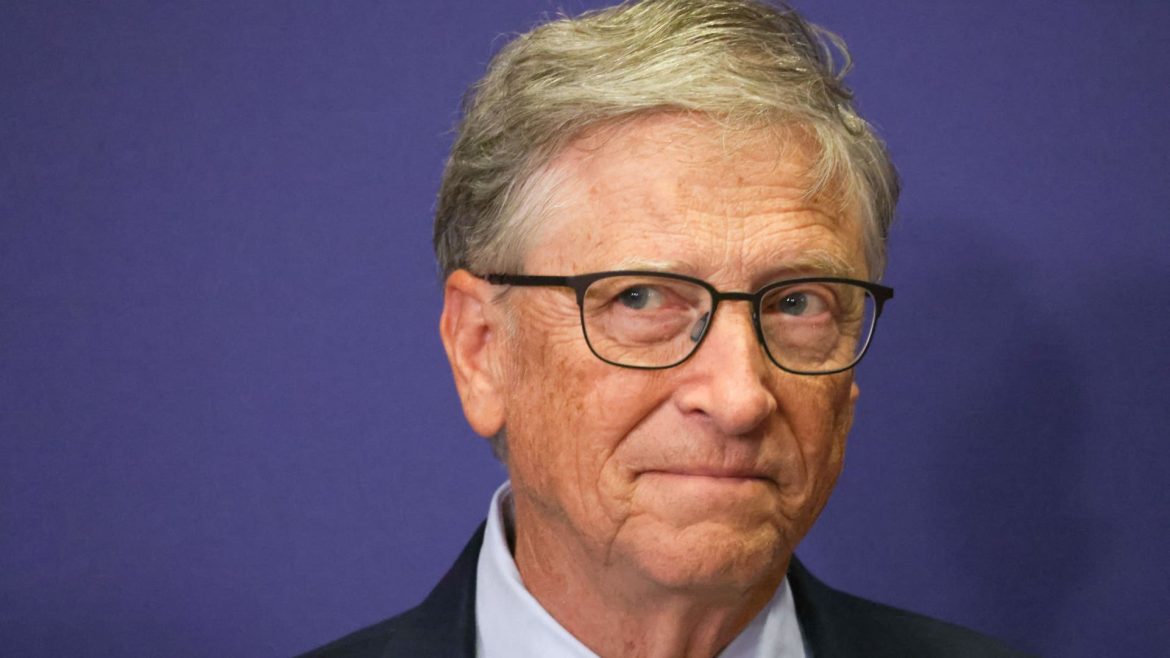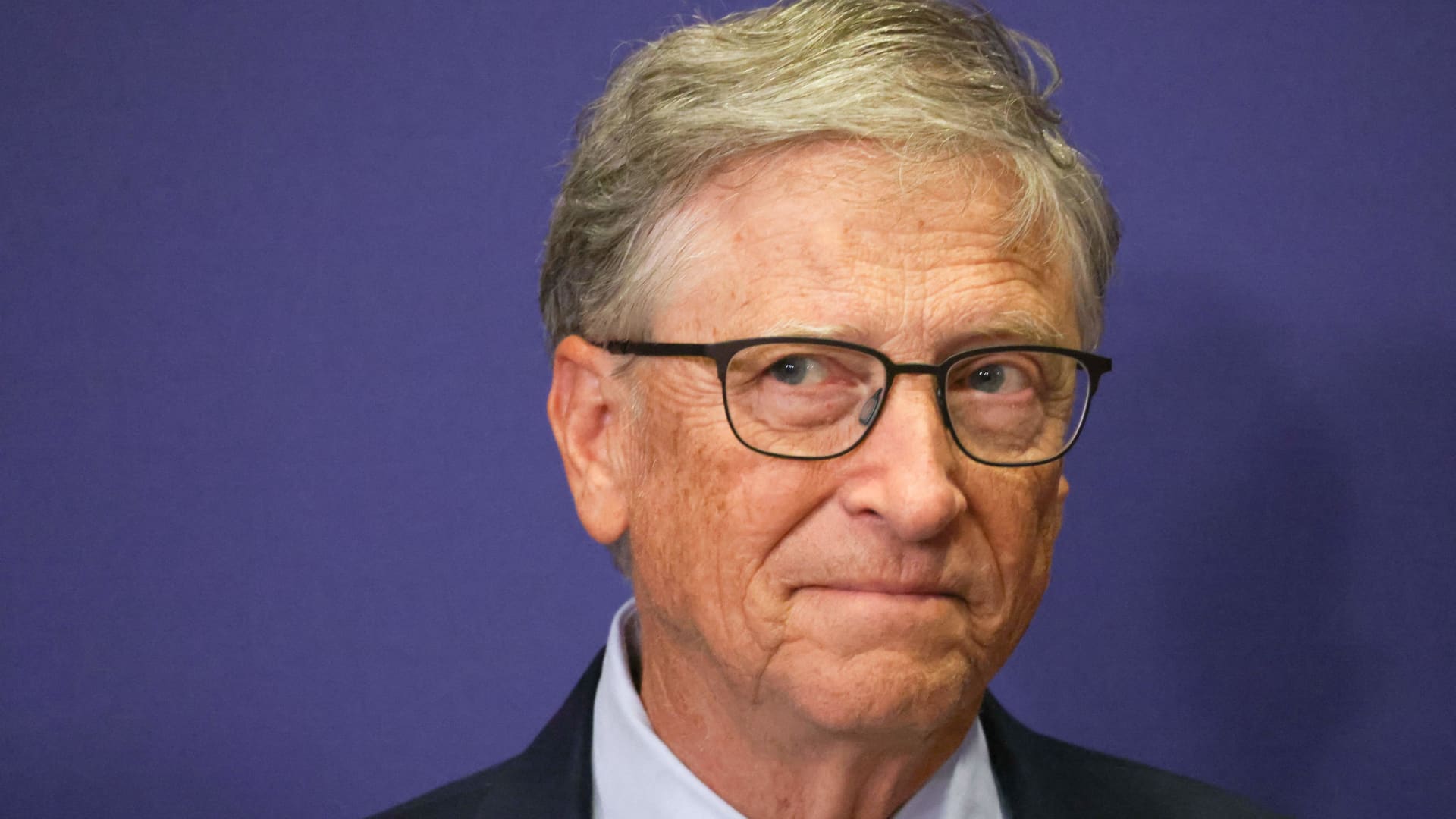Examining the Giving Pledge: Intentions, Impact, and Perceptions
The Giving Pledge, initiated by Bill Gates and Warren Buffett around 2010, represents a significant moment in modern philanthropy, inviting the world’s wealthiest individuals to commit at least half their wealth to charitable causes. As an initiative rooted in altruism, it simultaneously provokes questions about the motivations of billionaires, the effectiveness of large-scale charity, and public perceptions shaped by media narratives. This report delves into the historical context, the philanthropic philosophy underpinning the pledge, the mathematical logic behind wealth commitments, and controversies surrounding Bill Gates’s broader educational investments.
The Genesis of the Giving Pledge: Vision and Strategy
Founded in August 2010, the Giving Pledge emerged from the desire of two of the world’s richest men—Bill Gates and Warren Buffett—to shift the culture of extreme wealth away from accumulation toward impactful giving. The pledge invites billionaires to promise — publicly and privately — that they will allocate the majority of their wealth for societal benefit, either during their lifetimes or as part of their estates.
Robert Dalzell, an American historian known for his book *The Good Rich and What They Cost Us*, offers an analytical lens into the motivations behind such philanthropy. In his interview with *The Atlantic*, Dalzell speculates that beyond pure generosity, the pledge might serve as a form of social “blind”—acting to shield billionaires from some public criticisms about wealth inequality and to frame their influence positively within society.
Understanding the “Mystery Math” of Pledging Wealth
While the commitment to give away “virtually all” wealth might sound simple in theory, the mathematics of such pledging is nuanced. Wealth held by billionaires is often illiquid, tied up in stocks, business interests, and assets that cannot be easily converted into donations without impacting personal control or corporate functions.
Bill Gates’s pledge involves a calculated approach, balancing the growth potential of his wealth with charitable giving, ensuring sustainable funding over time for causes like global health, education, and poverty eradication. This strategy reflects an understanding that giving away a vast portion of assets immediately could be less effective than a structured, ongoing investment in philanthropy. Gates and the Bill & Melinda Gates Foundation have utilized this model to take on ambitious projects, such as the significant “bet” on eradicating polio, which underscores risk-taking within philanthropic ventures.
The Role of the Giving Pledge: Encouraging a Culture of Responsibility
At its core, the Giving Pledge is designed as a cultural movement more than a binding legal contract. It acts as a public declaration intended to inspire fellow billionaires to reconsider their relationship to wealth. Beyond the headline numbers, the pledge encourages transparency, creates channels for collaborative philanthropy, and fosters a collective identity among ultra-wealthy donors.
However, skepticism remains about how transformative this gesture is—does it challenge the systemic drivers of inequality, or merely offer a feel-good alternative to more contentious wealth redistribution? The pledge does not prescribe how the donated funds should be used, leaving issues of impact and accountability largely in the hands of individual philanthropists and their organizations.
Bill Gates: Mathematic Giftedness and Its Influence on Philanthropic Direction
Bill Gates’s background in mathematics and computer science—where he engaged with demanding courses like Math 55 at Harvard—has arguably shaped his data-driven and results-oriented approach to philanthropy. His foundation incorporates quantitative evaluation and innovation, applying analytical tools to issues such as education and global health.
Despite this, controversies have arisen concerning some educational initiatives funded by Gates’s foundation. For example, certain investments in curriculum reform have sparked debates about ideological bias, including claims (often exaggerated or misrepresented) about racial framing in math education. It is important to clarify that the foundation has not promoted the abandonment of traditional math teaching but rather efforts to address educational equity.
Public and Media Perception: Myths and Realities
The Giving Pledge and Bill Gates’s philanthropy attract both praise and criticism. Media coverage ranges from highlighting transformative global health programs to disseminating divisive narratives about the foundation’s involvement in education and social issues. Misconceptions circulate, such as unfounded allegations about the foundation labeling math lessons as “racist,” which have been debunked by credible spokespersons.
Public discourse thus oscillates between admiration for philanthropic leadership and skepticism towards billionaire influence in public policy and education. This tension reflects broader societal debates about wealth concentration, democratic governance, and the role of private capital in addressing public needs.
Conclusion: The Giving Pledge—A Bold Experiment in Modern Philanthropy
The Giving Pledge stands as a landmark endeavor to redefine the responsibilities of modern wealth. While it symbolizes a willingness among the ultra-rich to confront questions of legacy and social obligation, its real impact depends on the execution, transparency, and the broader systemic context in which it operates.
Bill Gates’s analytical mindset, combined with Buffett’s seasoned investment acumen, has set a precedent for philanthropy that blends math, strategy, and vision. Nonetheless, the pledge offers no definitive solution to wealth inequality; rather, it opens a complex dialogue about generosity, power, and social change in the 21st century. Whether viewed as a genuine commitment to betterment or a sophisticated branding effort, the Giving Pledge remains a provocative chapter in understanding how money meets morality on a global stage.


